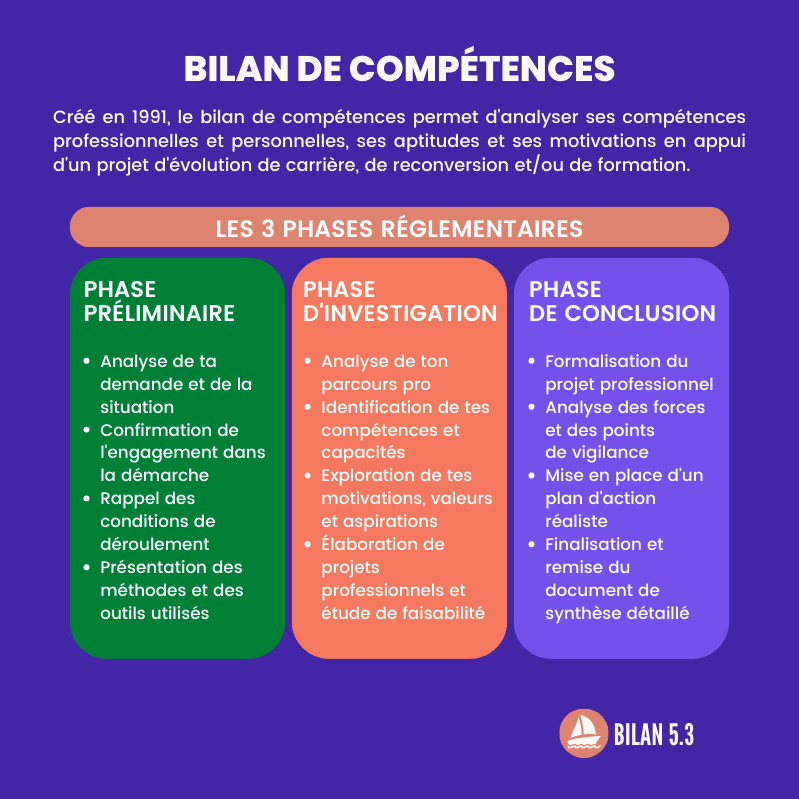
3 steps to get your neck ‘loose’ again
You have probably experienced this: you wake up and you can barely move your neck. It feels like your head is completely attached to your shoulders. How come? And what can you do to get your neck ‘loose’ again? Physiotherapist and personal trainer Mark Chen answers these questions with the help of a handy step-by-step plan.
We have over 20 different muscles around the head and neck that help us with movement and stability. In an ideal world, unless we consciously put them to work for movement, all those muscles are both strong and relaxed. There is of course always some basic tension present, otherwise our heads could sway freely. Unfortunately, we just don’t live in an ideal world and there are often a small group of muscles that do a lot more work than others.
A Stuck Neck: Why Is It?
Some of these muscles include the trapezius and the levator — also known as the shoulder blade lifter — which have the job of lifting the shoulders toward the ears. We often use these muscles much more than we realize. Think, for example, of that deadline that you have to meet, sitting stressed in front of your screen (even with a good posture, desk and chair), or lying lazily in bed with your phone in front of you and your neck at an unfavorable angle. As a result, it regularly happens that a number of these muscles get stuck in an overloaded or cramped situation. This can be quite painful, but usually it is fairly easy to relax these muscles so that the joints can move freely again. You can do this by following these steps:
This is how you get your neck ‘loose’ again
Step 1. Relax
Use (self) massage techniques to take some tension off the muscles and reduce any pain.
- Sit upright in a chair and look ahead.
- Place the opposite hand on the spot on your neck where it hurts.
- With your thumb and forefinger, grasp the muscles that go from your neck to the top of your shoulders.
- Massage, lifting the painful tissues slightly, following the entire length of the muscles.
- Got a sensitive spot? Hold it for a moment while lifting it back up a bit.
- Then tilt your head down toward the opposite shoulder.
- Make sure you keep looking ahead.
Step 2. Restore
Use low-intensity stretches for at least 30 seconds to relax the muscle and improve mobility in the neck.
- Sit upright in a chair and look ahead.
- Place the hand on the side where it hurts under your seat.
- Put your other hand on your head.
- Tilt your head to the side toward your shoulder and hold this position for a moment.
- You will now feel a stretch on the side of your neck.
Step 3. Tighten again
Tension your muscles through controlled resistance exercises using your own body as weight.
- Lie on your side with a pillow under your head.
- Rest your head on the pillow.
- Keeping your head in line with your body, lift your head sideways off the pillow.
- Keep control of the movement as you return to the starting position.
- Repeat.
In practice, it appears that these exercises often lead to enormous improvement. Try this step-by-step plan for one to two weeks and you will be surprised how much influence you can have yourself.
Need more help?
You can always book an online consultation where we can make a tailor-made schedule and advice.
Do you want to ask Mark a question? Then send an email! If your question is also interesting for others, he will answer it and we will publish it on the site.
Mark Chen is a physiotherapist, personal trainer and the brain behind online platform Mark Chen Movement†













